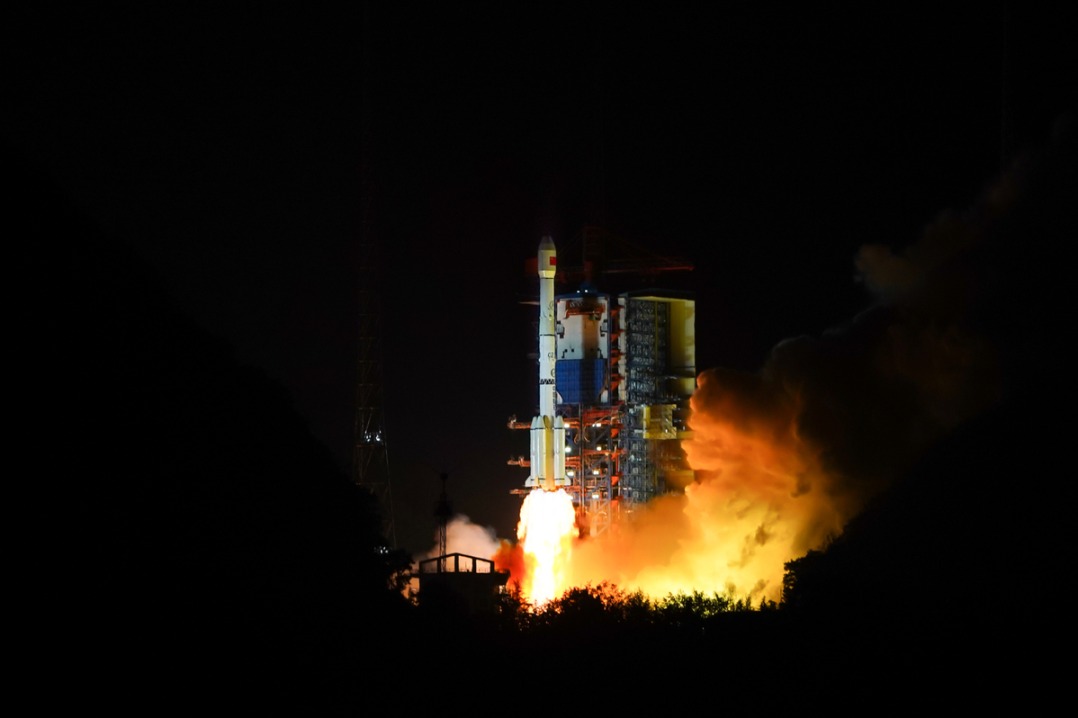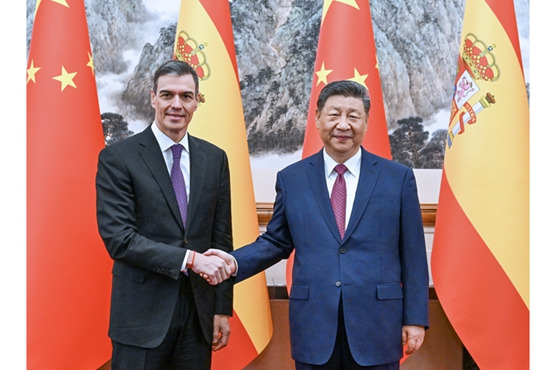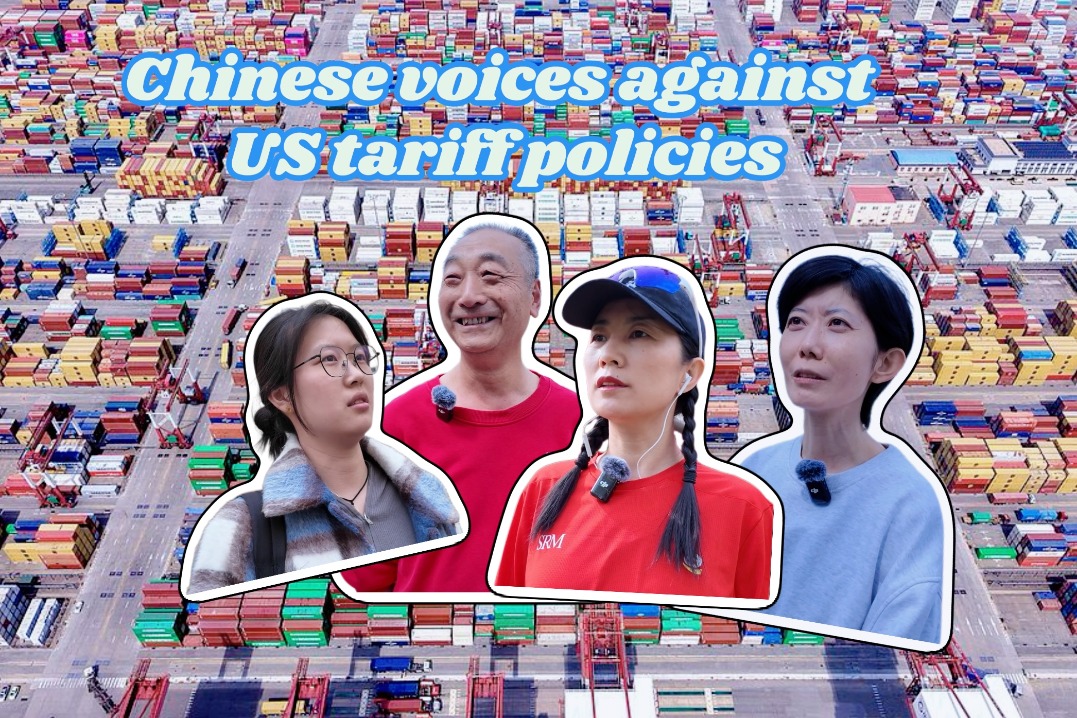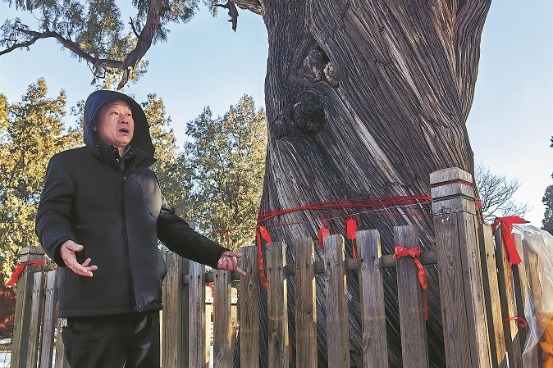Nation's carbon trading efforts could serve as model

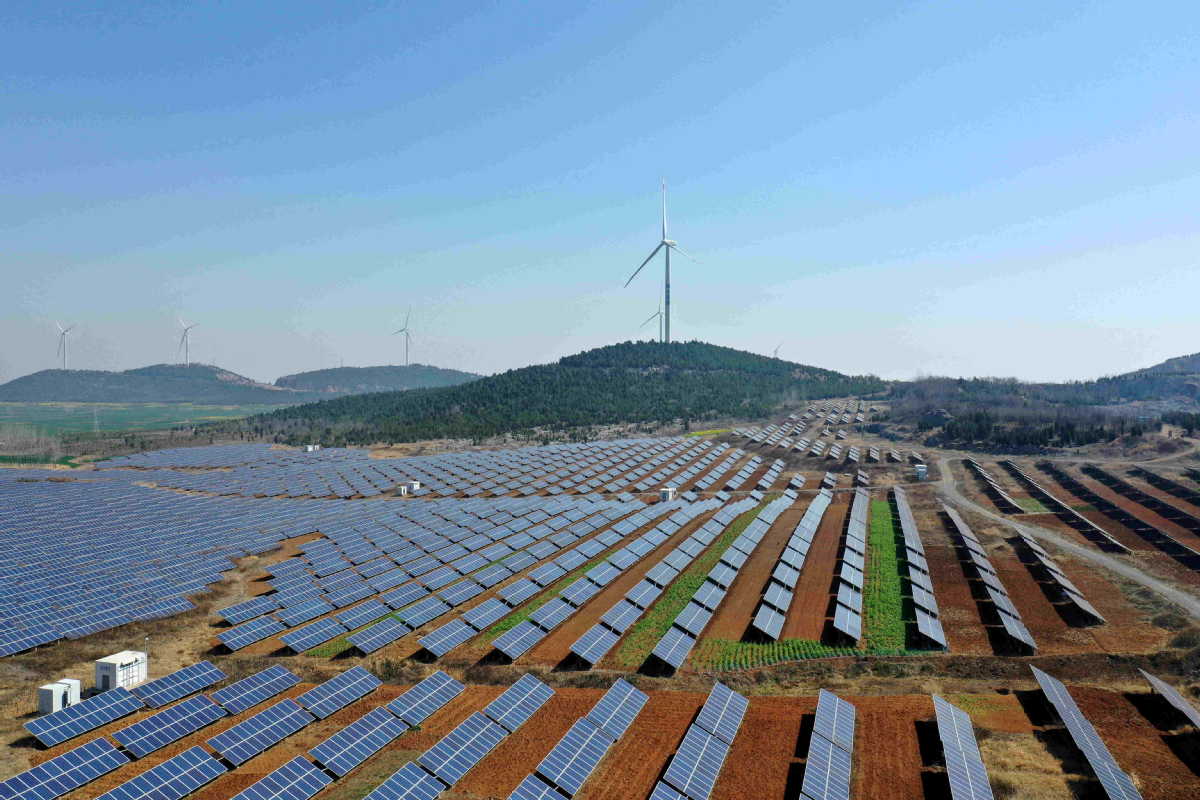
As China forges ahead in promoting the Belt and Road Initiative, some countries may turn to China for help in building their carbon trading markets. Not only can the country share its rules and experiences, it can also help with capacity building in these nations, he added.
Scott Vaughan, the international chief adviser to the China Council for International Cooperation on Environment and Development, an international think tank for the Chinese government, said he is optimistic that China's national carbon trading market will play a role in driving down the trajectory of carbon dioxide emission growth in China.
The Acid Rain Program in the United States, initiated in the 1990s to reduce overall atmospheric levels of sulfur dioxide and nitrogen oxides, was also launched before emissions of the two major air pollutants peaked, said Vaughan, also a senior fellow at the International Institute for Sustainable Development, an independent think tank headquartered in Canada.
The program, which introduced a system of allowance trading similar to those in carbon markets, uses market-based incentives to reduce pollution.
"It basically revolutionized the ability of companies to drive down the emissions much faster than it would have taken place," he noted.
Allowances to tighten
The idea of the carbon emission trading system would be to help drive down emission growth by having the most efficient players in the market sell their excess credits to those companies that are not as efficient, he said.
"The aggregate impact would actually change the trajectory of the peak and move it downwards in order to get at that 2030 goal... I'm very optimistic," Vaughan said.
At a news conference on Tuesday, Li Gao, head of climate change at the ministry, said it will make efforts to tighten emission allowance allocation as the country forges ahead to establish a carbon emission management mechanism with a national emission cap.
Setting a cap on carbon intensity-or carbon dioxide emissions per unit of GDP-as it previously did will be a major step in promoting carbon reduction in the country during the 14th Five-Year Plan period (2021-25), he said.
"But we are also considering introducing caps on carbon emissions in some key regions to align air pollution control with carbon reduction," Li said.
"With the experiences we accumulate in these trials, we will strive to transform our carbon emission management mechanism from one with a carbon intensity cap to one with an emission upper limit during the 15th Five-Year Plan period (2026-30)," he said, adding that the ministry will tighten emission allowance allocation accordingly as it promotes the transition.
He said efforts will also be made to enlarge the national carbon trading market.
The ministry has collected and worked on the verification of carbon dioxide emission data from over 7,000 companies in various sectors from 2013 to 2019. "That work has laid a good foundation to expand the national market from the power generation sector to other sectors in the next step," Li said.
- Harbin Institute of Technology launches international robotics journal SmartBot
- President Xi Jinping pays a state visit to Vietnam
- Macao SAR Chief Executive Sam Hou-fai delivers 1st policy address
- China adds anti-obesity drive to Healthy China initiative
- Shop fire leaves 8 dead in Southwest China
- Xi attends welcome ceremony held by Vietnam's To Lam



















